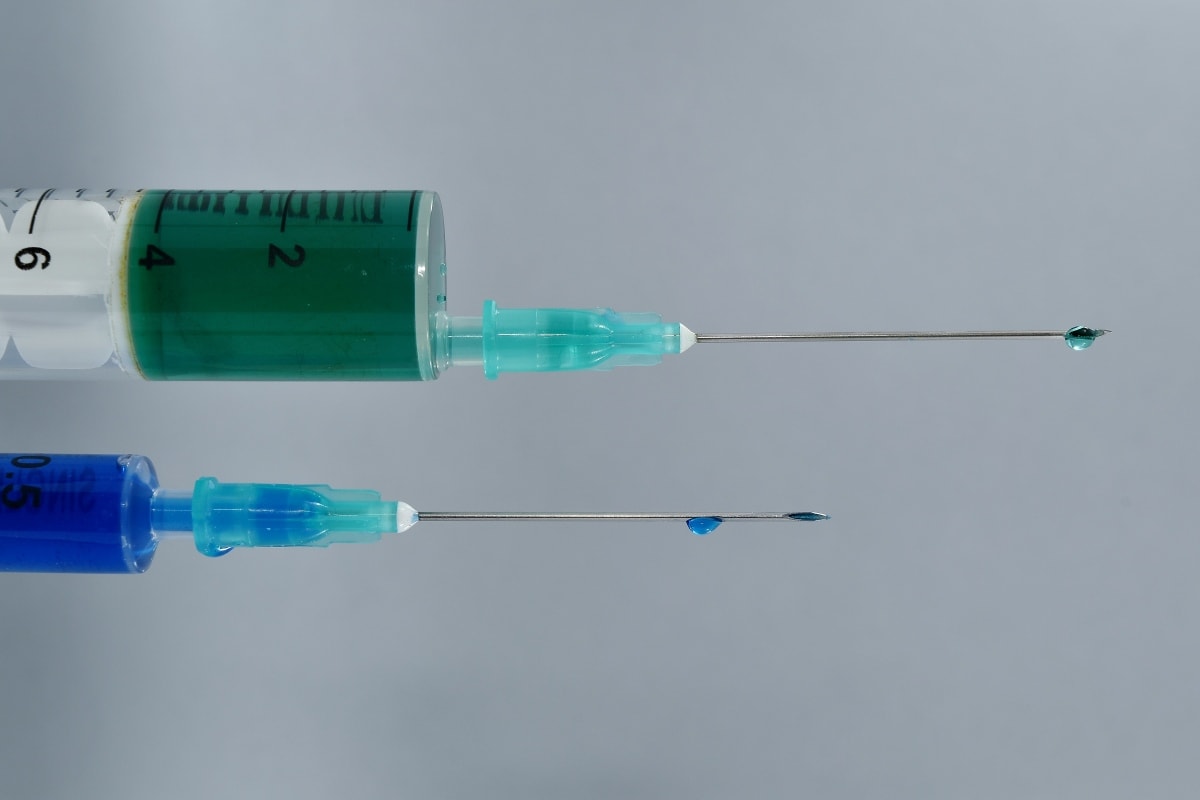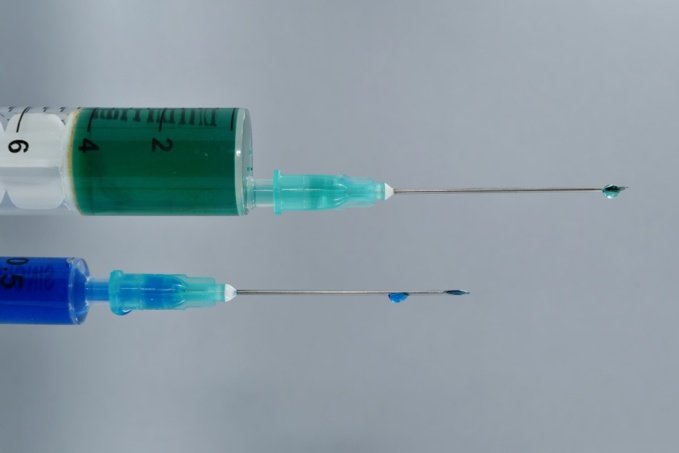Over 6.8 billion COVID-19 vaccinations have been given worldwide this year 2021. This volume is comparable to the number of syringes produced: 6 billion per year, said Lisa Hedman, WHO senior adviser on access to medicines and health products.
In her view, manufacturers of this medical device around the world need to find a way to ramp up production; if not corrected, the ratio of medicine in use to medicine in production could lead to a shortage as soon as 2022. The shortage could amount to two billion syringes.
"COVID-19 vaccination is not a situation where we can afford to be short of anything or use any workarounds. What matters is the safety of patients and health personnel," said the WHO representative, adding that shortages in turn could lead to delays in vaccinating children worldwide and encourage poor countries to start reusing needles. This is a highly unsafe practice.
A shortage of syringes could also have a detrimental effect on routine vaccinations against other diseases.
Another problem may arise on the logistics side. Syringes are quite bulky compared to vaccines, so they are prone to delays in transport.
source: who.org
In her view, manufacturers of this medical device around the world need to find a way to ramp up production; if not corrected, the ratio of medicine in use to medicine in production could lead to a shortage as soon as 2022. The shortage could amount to two billion syringes.
"COVID-19 vaccination is not a situation where we can afford to be short of anything or use any workarounds. What matters is the safety of patients and health personnel," said the WHO representative, adding that shortages in turn could lead to delays in vaccinating children worldwide and encourage poor countries to start reusing needles. This is a highly unsafe practice.
A shortage of syringes could also have a detrimental effect on routine vaccinations against other diseases.
Another problem may arise on the logistics side. Syringes are quite bulky compared to vaccines, so they are prone to delays in transport.
source: who.org



















